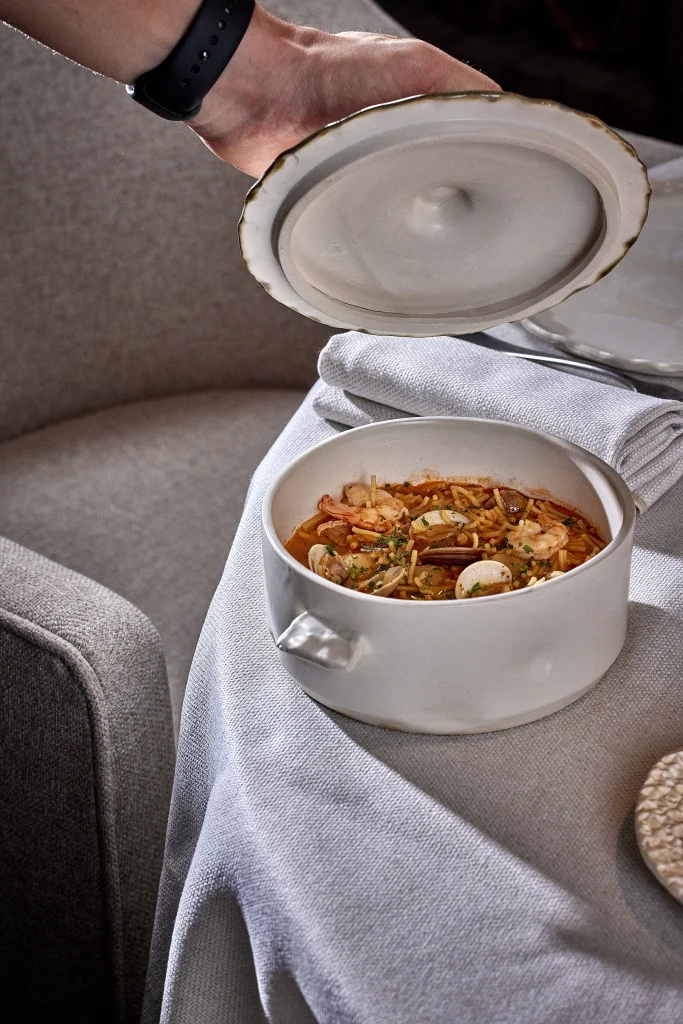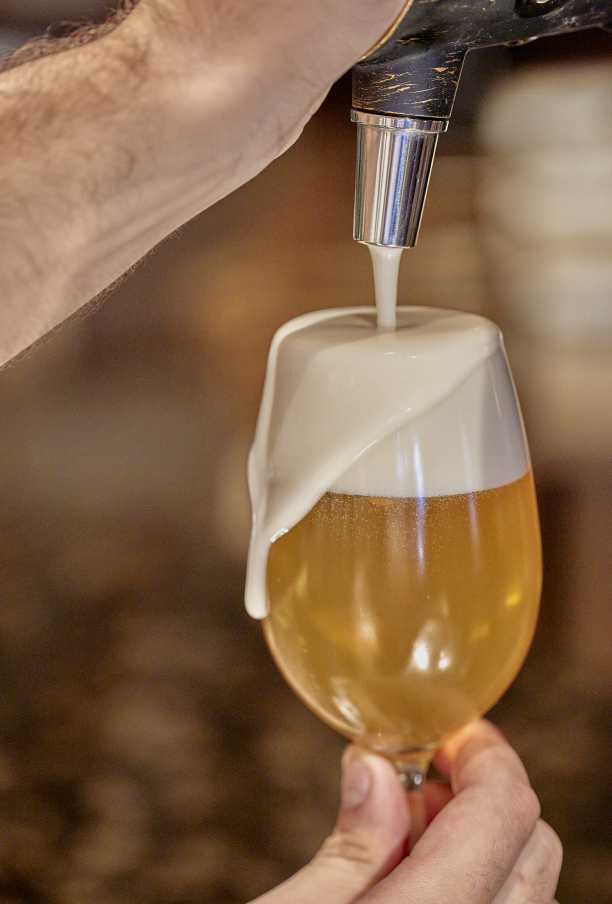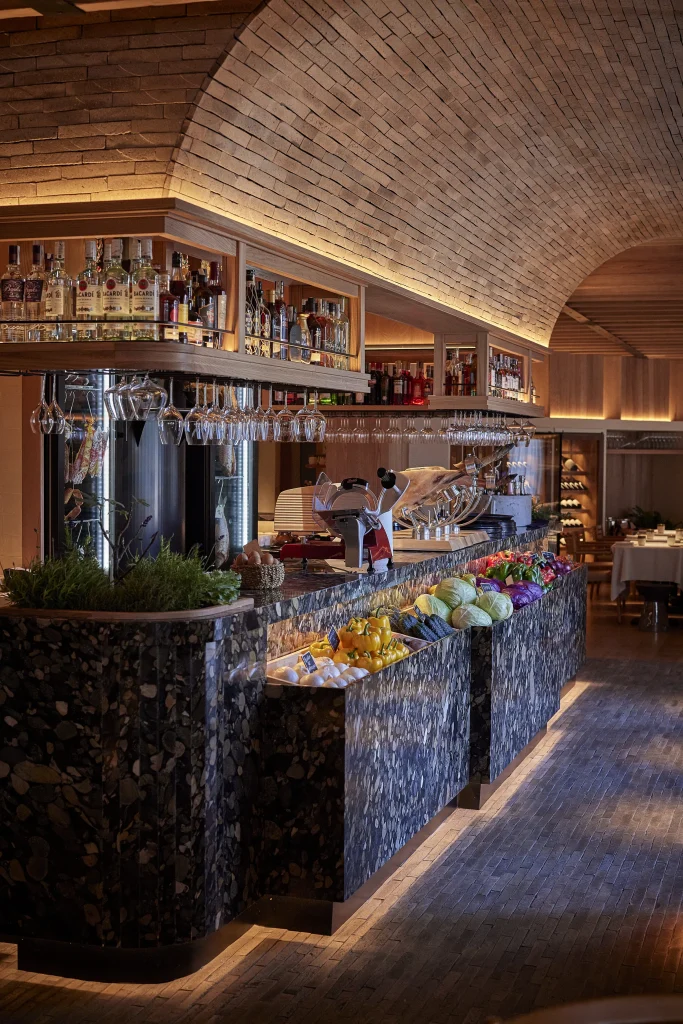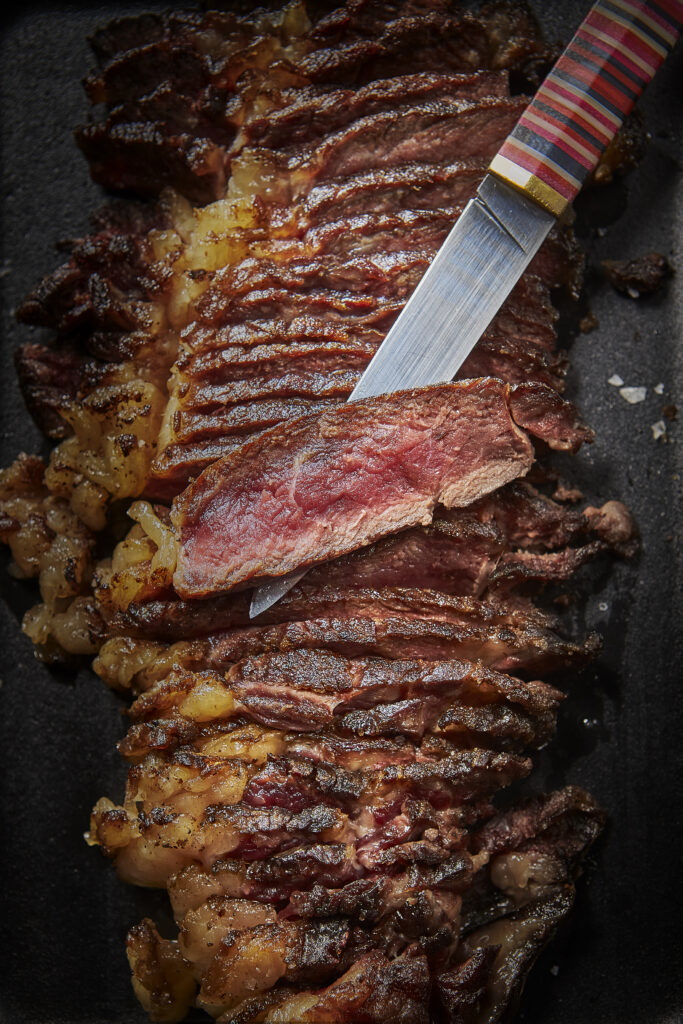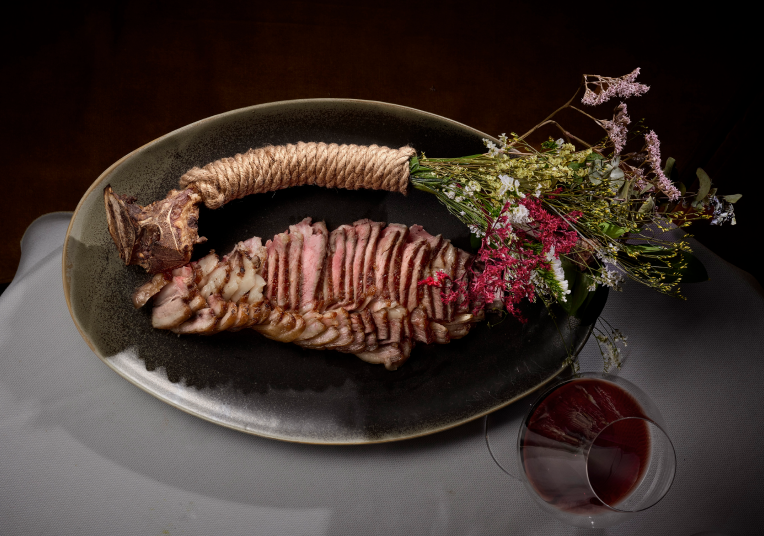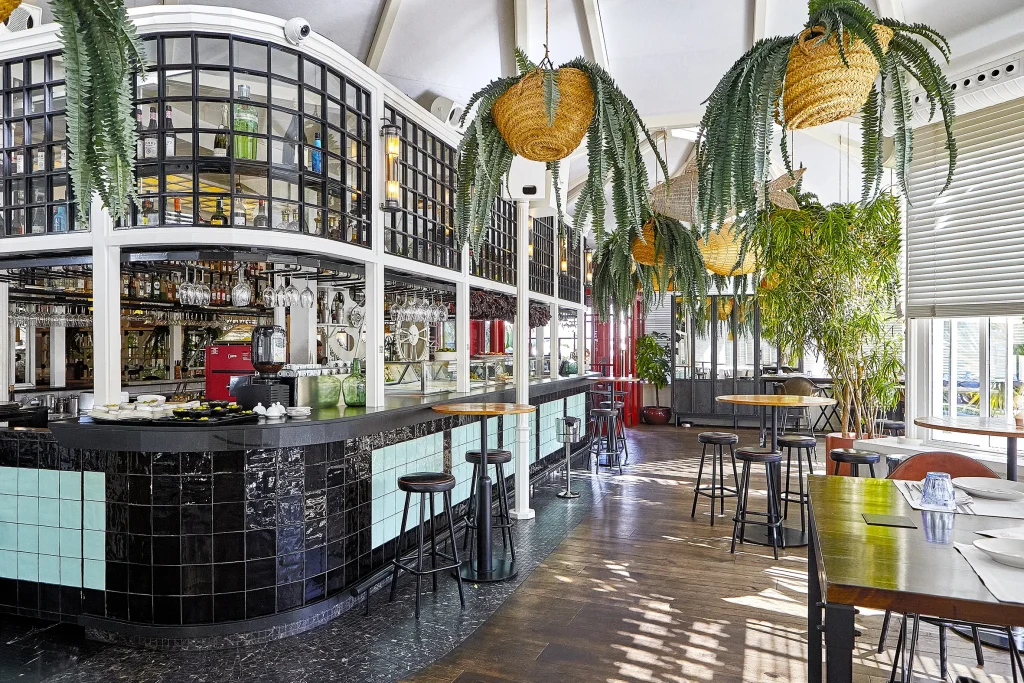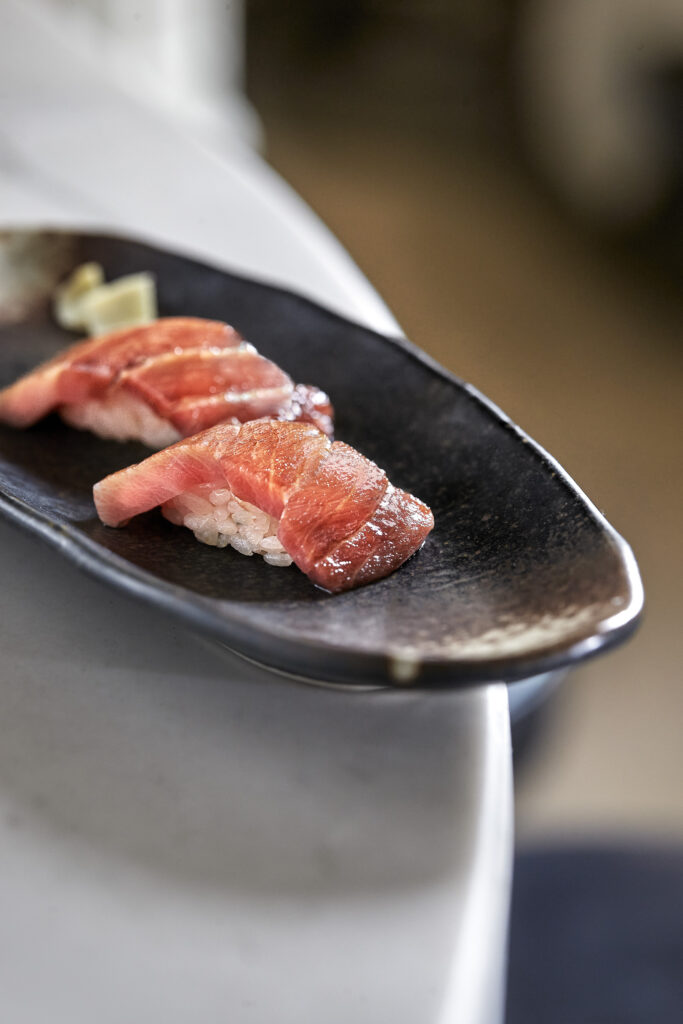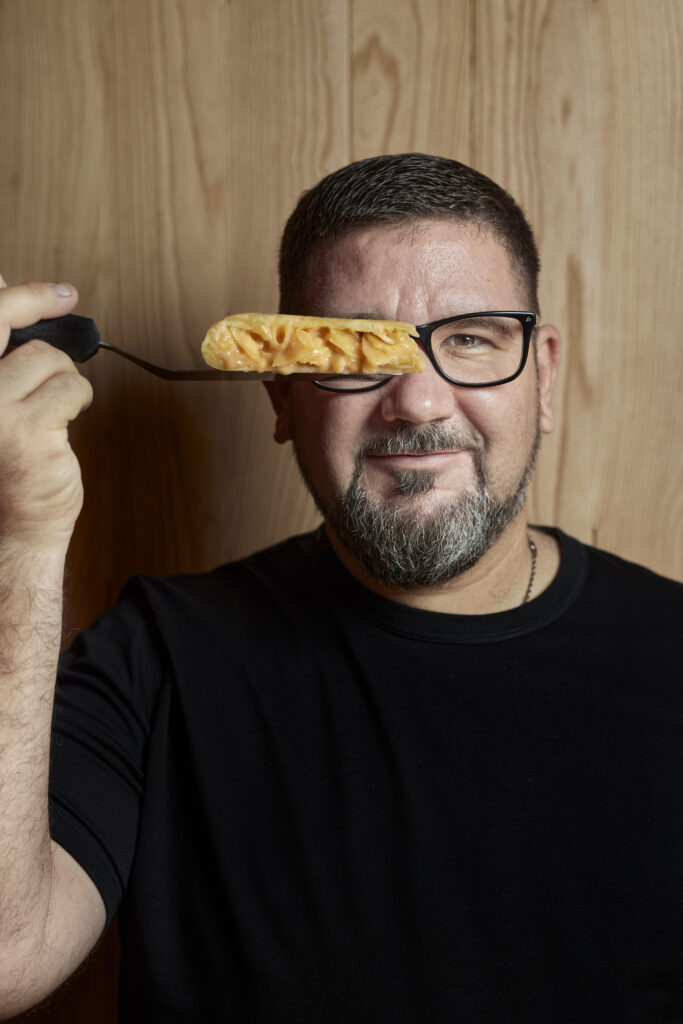There are flavors that accompany us throughout life, those that transport us to the warmth of home, to the family table where time seems to stand still. New menu in Tragabuches, make us understand that true cooking is a journey back to those moments, which is why we wanted to pay homage to our roots with the new section of our menu: “Grandmothers in the Kitchen – Tradition at the Table.”
This section is much more than a nod to the past; it’s a tribute to the love our grandmothers put into every dish. Those slow-cooked meals that fill the house with their aromas and warm the soul are the true stars.
When we say “Grandmothers in the kitchen,” we’re talking about the very essence of traditional Andalusian cuisine, about recipes passed down from generation to generation, and that you can now enjoy at our restaurant, with the same love and care they used. But at Tragabuches, we don’t just bring back tradition, we adapt it to modern times.
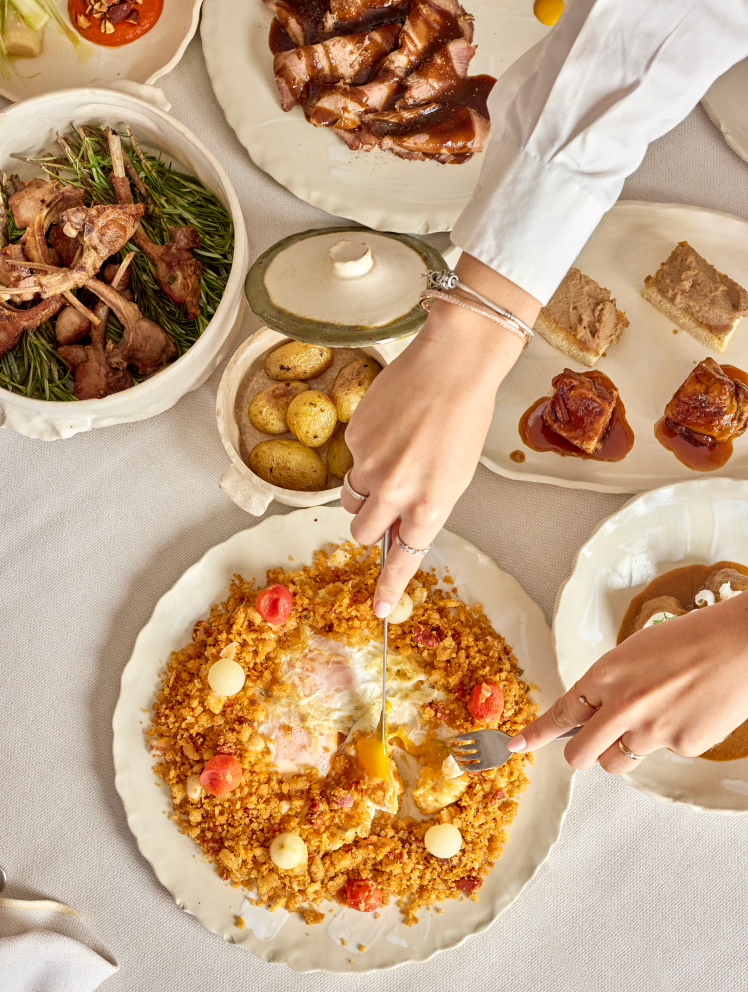
Tradition at the Table
We want you to feel at home, for each dish to embrace you and remind you of the joy of enjoying a good family meal. From the first bite to the last, “Grandmothers in the Kitchen” invites you to rediscover those flavors that, though simple, have the power to touch the soul.
So, when you come to Tragabuches and sit down at the table, you’ll be sharing more than just a meal. You’ll be connecting with tradition, with our roots, and, above all, with the love that has gone into preparing every dish. Because in the end, good cooking is a way of caring, of bringing people together, and of reminding us that the best things in life are the simplest.
Come to Tragabuches and let our grandmothers tell you their story through each of their dishes. We’re waiting for you with the same comforting stews, but with the unique touch of our house!
